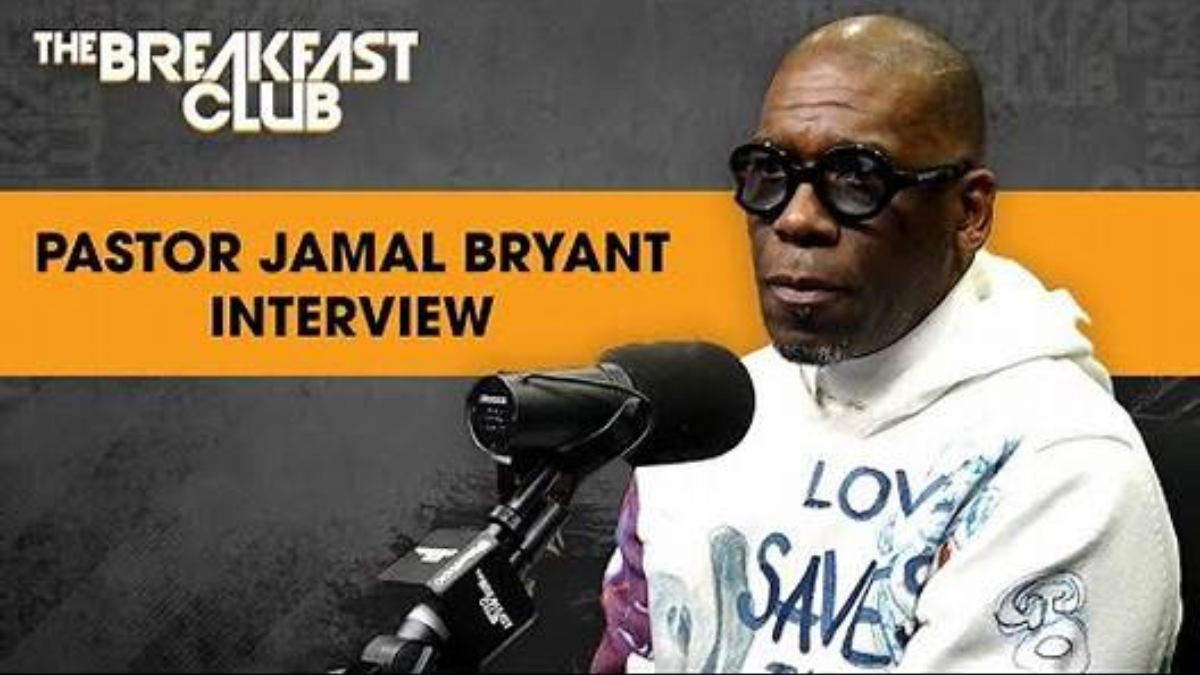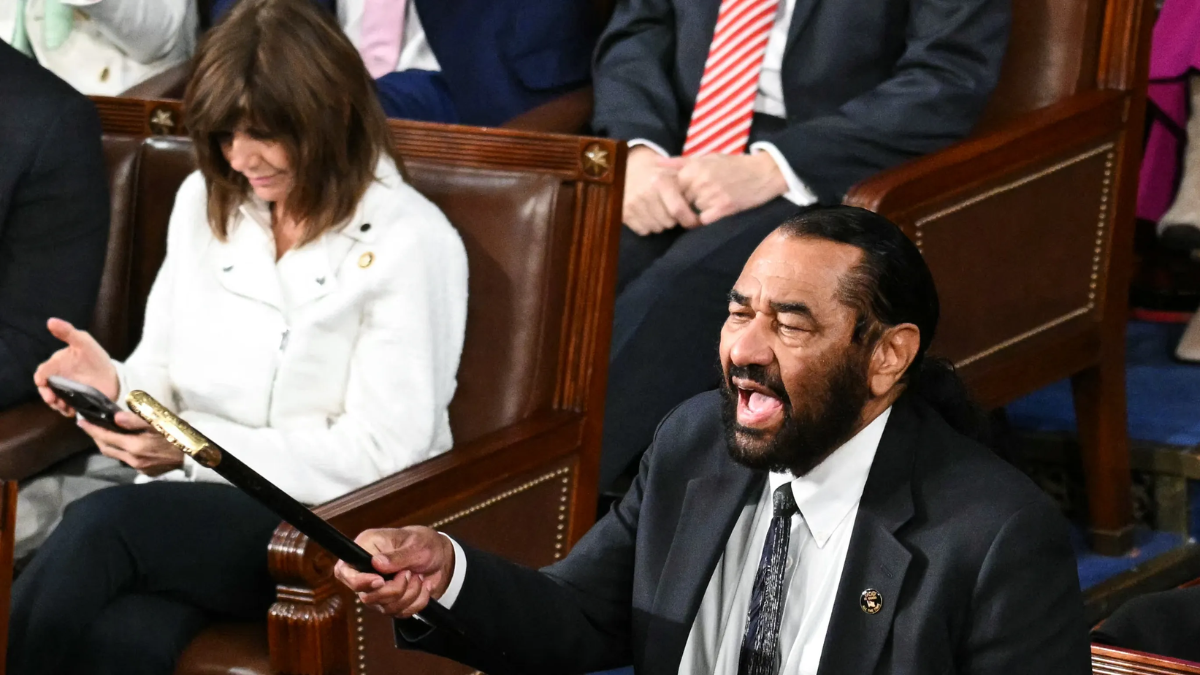Draft Geotargeted Radio Item Would Require STAs

An FCC draft order allowing broadcasters to use FM boosters to originate geotargeted radio content would initially require that stations seek special temporary authority grants, agency and industry officials told us. In addition, they said the grants would permit use of the geotargeted content for a maximum of three minutes per broadcast hour. A further notice included with the item seeks comment on rules for a more permanent application process replacing the STA grants, which will need to be renewed every six months.
It isn’t clear if the item will receive unanimous approval, but it has the support of at least three commissioners – Chairwoman Jessica Rosenworcel circulated it, and Commissioners Brendan Carr and Geoffrey Starks issued a joint release praising the item (see 2401310075). “My old boss said you have to count to three, so I’m glad we got there,” Multicultural Media, Telecom and Internet Council President Robert Branson said in an emailed statement last week.
The draft order would change FCC rules that bar FM boosters from originating content. Geobroadcast Solutions, the primary driver behind the push to allow geotargeted radio, uses a technology called ZoneCasting that relies on multiple synchronized FM boosters transmitting targeted signals that FM receivers receive as a single signal. ZoneCasting users would be able to use the system to briefly broadcast particular content at subsections of their markets—primarily targeted commercials. GBS’ business plan would involve offering broadcasters ZoneCasting for no initial cost and then collecting a percentage of the sale of ads by users, the company has said.
Supporters of the tech have widely praised the FCC proposal, but an attorney familiar with it told us the item is viewed as a “mixed bag.” Supporters were hoping for a final order rather than a temporary authorization process and a further notice, the attorney said. A similar STA-based process for authorizing ATSC 3.0 channel sharing was widely viewed by broadcasters as cumbersome and time-consuming because of the need for renewal every six months. The three minutes per hour limit isn’t a surprise. GBS said it would support such a provision in 2020 (see 2007170061).
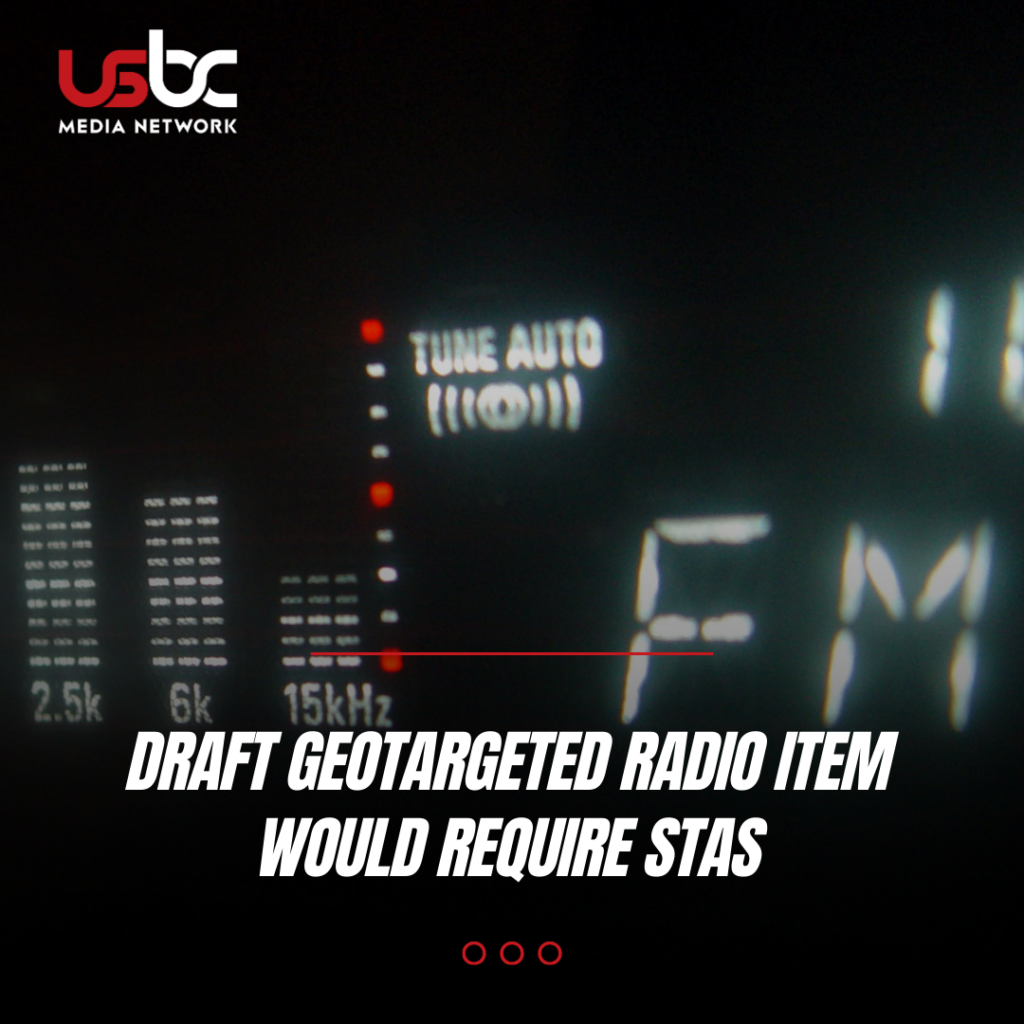
NAB has steadily opposed the GBS proposal, as have a number of larger radio broadcasters, including iHeartMedia and Beasley. Those broadcasters are concerned that the tech will degrade FM broadcast quality by creating more background interference and thus lower ad prices for all radio ads. ZoneCasting doesn’t grow the radio audience a broadcaster reaches in a market, instead cutting it into smaller chunks that won’t be attractive to advertisers, said Wilkinson Barker broadcast attorney David Oxenford, who has represented GBS proposal opponents.
The tech’s supporters argue it will be a boon to small and minority broadcasters. This “consequential rule change” will “surely benefit minority-owned businesses who will now be able to utilize the benefits of FM geotargeting,” said Benjamin Chavis, National Newspaper Publishers Association president, in a release. NNPA and the U.S. Black Chambers have been vocal supporters of the rule change allowing ZoneCasting. Technology is important “to the survival of so many smaller broadcasters and the communities they serve,” said Branson. “FM finally joins the ranks of other communications services with the ability to offer hyper-localized content.”
A large broadcaster in a major city using the tech to broadcast geotargeted ads in the suburbs for businesses there would take advertising dollars from the smaller local broadcasters that would otherwise have carried those ads, Oxenford said. “In all but the largest markets, a niche format simply will not attract the number of listeners sufficient to attract the advertisers necessary to sustain station operations,”
On Friday, Rosenworcel visited WRBJ Brandon, Mississippi, owned by vocal geotargeted radio supporter Roberts Broadcasting. “WRBJ Radio proudly hosted FCC Chairwoman Jessica Rosenworcel to discuss the FCC’s commitment to harnessing innovative technologies to bridge the digital divide,” said a WRBJ news release. WRBJ was one of two stations piloting the ZoneCasting tech. “For years, we faced challenges competing with larger broadcast groups,” said Roberts Broadcasting CEO Steven Roberts in the release. “During the testing, the technology not only improved our market coverage and revenue but also allowed us to support small businesses in our community by making advertising options more accessible and affordable.”
